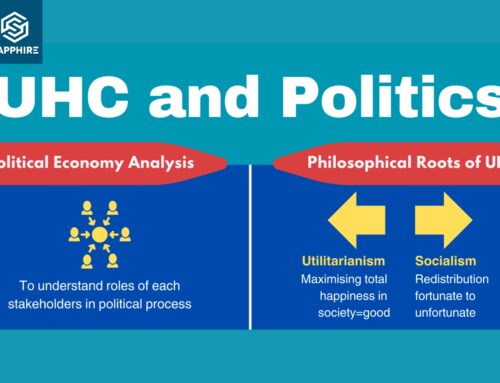
On 22nd March 2021, the Health Intervention and Technology Assessment Program (HITAP) in partnership with the Health Intervention and Policy Evaluation Research (HIPER), National University of Singapore (NUS) & the Centre of Health Services and Policy Research (CHSPR), National University Health System (NUHS) began a workshop on “Advanced Modelling for Economic Evaluation using Excel.” The course was curated and specifically designed for those with a basic knowledge on economic evaluation. The workshop saw a mix of participation from regional and global networks, with about 50 participants from different regions. The course was neatly spread over a duration of two weeks with two live sessions per week. The topic being an exhaustive one, organisers used a mixed approach, condensing the course delicately by dividing it into live and pre-recorded sessions. The pre-recorded sessions were in the form of recorded lectures and quizzes, that familiarised the participants with the concepts of economic modelling before each live session. Each live session began with the review of those pre-recorded lectures, by a team of dedicated lecturers from both HITAP and NUS, followed by a breakout session for exercises on economic modelling and ended with a Q&A session with participants.
Being a first-timer to the workshop organised at such a wide-reaching extent, I was beyond thrilled to re-learn and re-visit my own concepts of economic modelling. They say “To teach is to learn twice over” and I was very fortunate to be given the opportunity to present as a teaching assistant for this course. My scope with this workshop was now widened and my responsibility as a TA was to moderate the breakout sessions and guide the participants through their exercises time to time. Each breakout room had eight participants and the session lasted for about 45-60 minutes. The breakout rooms opened a space for the participants where they could have hands-on experience with the modelling exercises that followed each session. For me the breakout groups served as an ice breaker, as it allowed participants to interact more openly amongst a small group and participate in exercises together as a team. The interactive approach of workshop allowed for ideas and discussions; starting from the first exercise on “Constructing a Markov model based on real-world scenario” to the last one on “Constructing cost-effectiveness curve using Excel,” the workshop offered a platform where participants could design an economic model from a real-world example. The pace of the course over the two weeks with just two live sessions per week allowed the participants to grasp the concepts, go through their material over weekend, and come up with a fresh start new week. The effectiveness of this was also witnessed as the participation rate during exercises for the following week was more active.
This workshop served in expanding my existing knowledge base, as the multi-country participation and a mix of them in breakout rooms allowed for discussions that were country-specific; such as discussions on perspectives, resources, and available data sets. This led to a lot of brainstorming and active discussions. For example, in an earlier session on constructing a Markov model, one of the participants from Rwanda had a different take on perspective to be taken which was based on her own country context and experience. The last session of workshop conducted by Dr. Yot Teerawattananon summed up the entire experience of workshop as it guided on how the evidence generated should not be limited to modelling, but be made available at large scale by publishing it.
Dr. Dimple Butani



